Editors’ Picks




Found in Robotics News & Content, with a score of 3.46
…and procurement process by giving users real-time visibility to inventory levels, pricing and discount schedules, shipping options, and projected delivery dates. It also provides an easy and secure way to pay for those tools via credit card or ACH checking. The beta implementation was a success, and product selection continues to expand as vendors sign on approaching the official launch date of November 23. To date, MachiningCloud has distribution agreements with the following cutting tool and tooling manufacturers, representing more than half a million part numbers. Garr Tool Gorilla Mill GWS Tool Group M.A. Ford MasterCut Mitsubishi Materials OSG PCT…
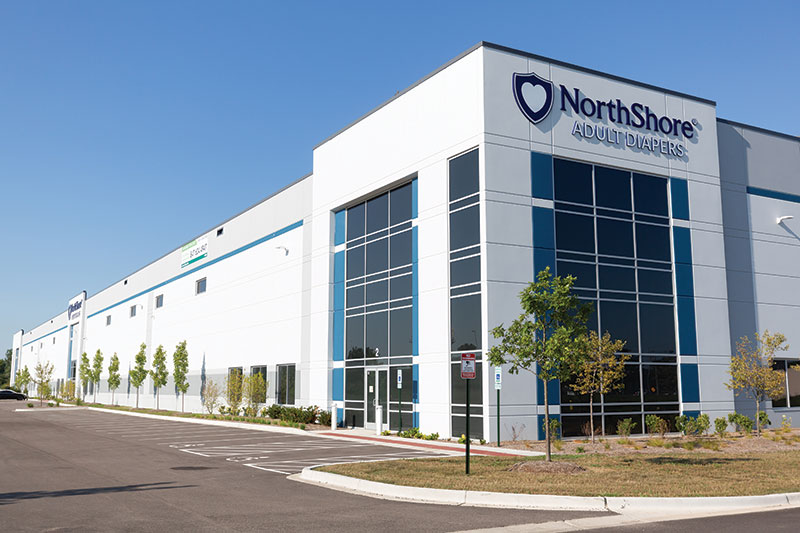
Found in Robotics News & Content, with a score of 1.99
…weekend pickups and then seven-day-a-week deliveries. Instead of positioning inventory in multiple facilities around the country, “one central U.S. distribution center is viable for us.” The subscription model creates more predictable demand and reduces the number of rush orders. Over time, the company outgrew four facilities before the new DC went live in March 2020. The immediate predecessor was an 86,000-square-foot facility located about 10 miles away. It featured the shipping conveyor and print-and-apply line being used in the new facility, but no system-directed processes—no voice or bar code scanning, and no pallet flow rack. And, no robots, of course.…
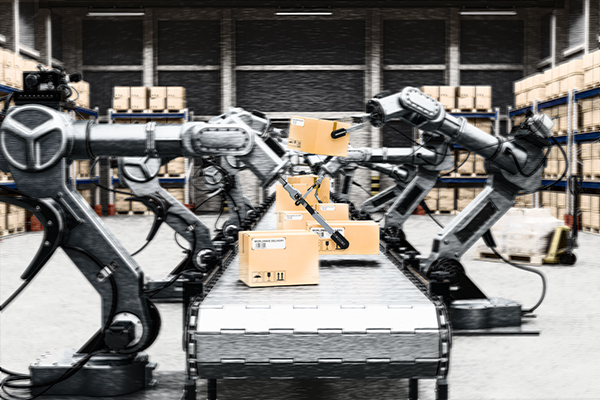
Found in Robotics News & Content, with a score of 5.02
…technologies, companies can fulfill customized orders and handle diverse inventories quickly and with minimal human intervention. There have always been clear benefits of automating the storage and movement of goods throughout the supply chain including lower cost to serve, increased efficiency, improved service levels and 24/7 service. Additionally, with the challenges of COVID, automation can also allow for lower headcounts, better social distancing and better contact tracing. While many companies recognize these benefits and want to move forward to adopt new technologies, they’re struggling to do so at scale. However, scaling automation is not without challenges. Companies need to create…
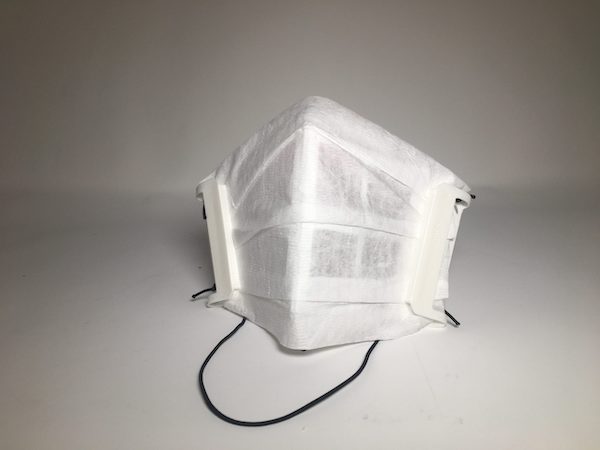
Found in Robotics News & Content, with a score of 5.07
…of use as opposed to maintaining vast and expensive inventories and incurring the expense and time associated with shipping parts to far-off locations, he explained. “What used to take months to print, now can be done in days,” he said. Also, instead of having to set up and maintain warehouses of tens of thousands of parts for aircraft at individual bases or ship replacement parts to far flung places, military personnel can simply print parts on demand when needed. “The U.S.Air Force won’t go back to the pre-COVID era—in national security, this is about logistics and this really does help…
Found in Robotics News & Content, with a score of 2.97
…for direct-to-consumer products, production on demand, and digital warehousing/virtual inventory. In particular, 91% of respondents want to explore the innovation that mass customization provides and believe it could be applicable to their business if parts could be personalized through 3D printing/additive manufacturing. Medical, industrial, and automotive were called out as the industries most ripe for innovation in additivemanufacturing/3D printing over the next five years. Opening Up Collaboration Opportunities 85% of respondents indicated that collaboration across sectors to embrace new digital manufacturing technologies is important. 81% indicated their company has future plans to collaborate with government entities on digital manufacturing products.…
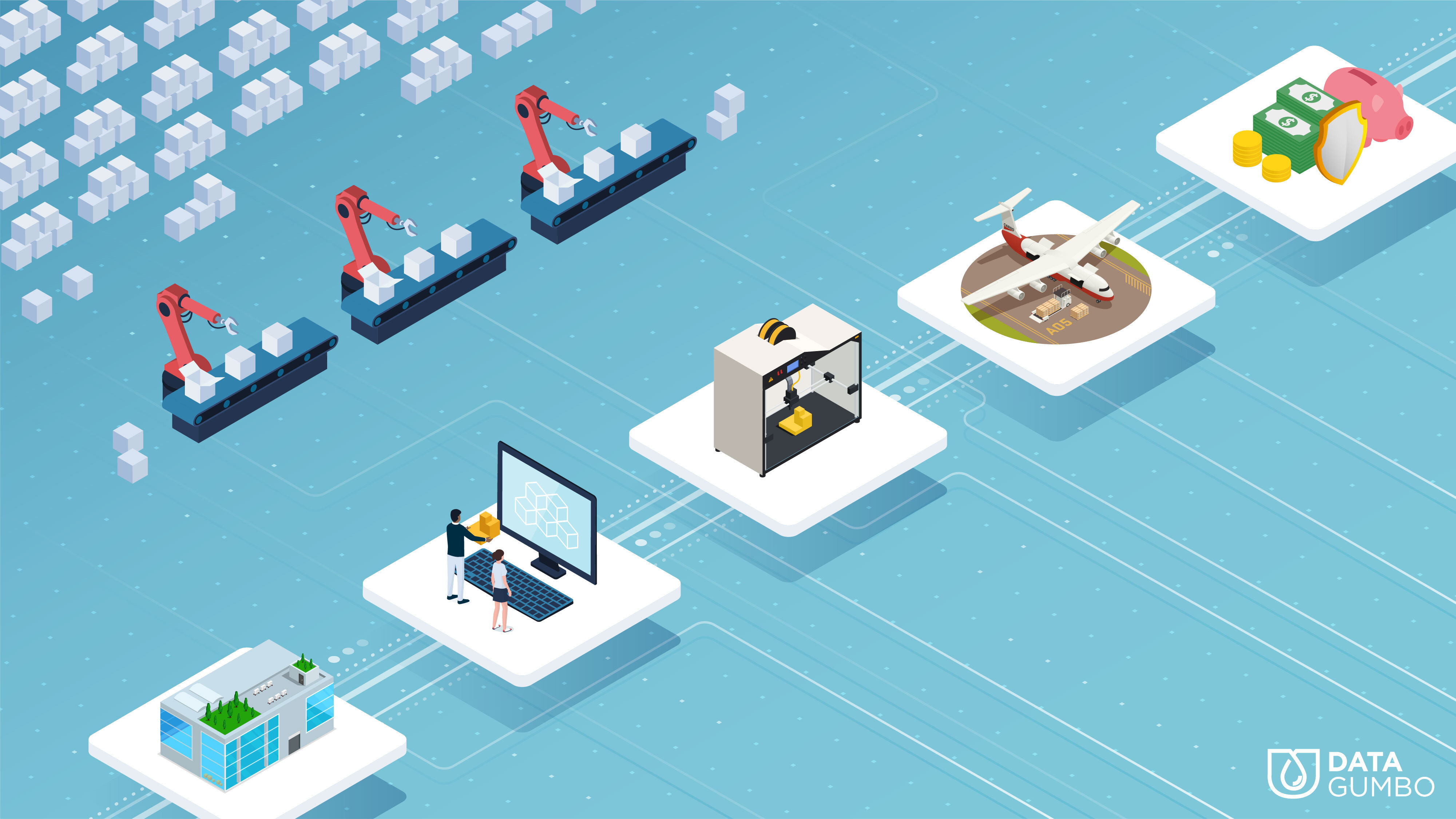
Found in Robotics News & Content, with a score of 6.52
…warehouses, which is an expensive, inefficient way to maintain inventories. “These libraries of spare parts become useless as the equipment and pieces become outdated or obsolete,” explains William Fox, chief product officer at Data Gumbo. “If a spare part is needed and available, it is often located off-site and requires weeks to be delivered.” 3D printing solves this issues as the pieces and parts needed can be printed either on-site or through a network of approved 3D printing service providers and delivered within minutes. The technology helps minimize the amount of stock held in warehouses worldwide, which lowers overhead costs…
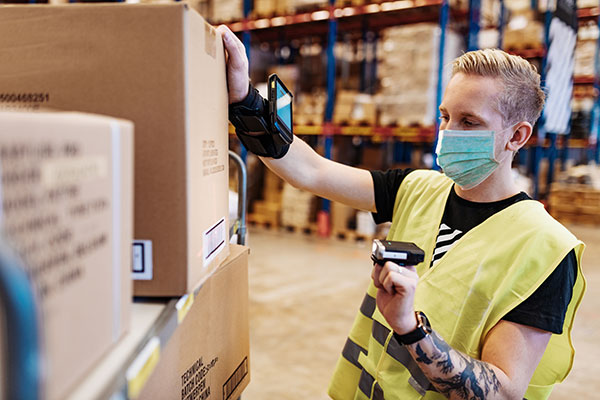
Found in Robotics News & Content, with a score of 2.59
…performance by strategically managing the location of your fastmoving inventory, and the dynamic management of this. 4. NO TIME TO TRAIN NEW WAREHOUSE PERSONNEL You needn’t have to slow down your operations in order to make your new personnel trained within warehouse. During the pandemic some of our customers benefitted from our SynQ Virtual Reality (VR) Training Manager. Deployment of such software can ensure continuity of operations while delivering excellence in peaking skills. Have a look how can our customers continue their operations while having their new personnel trained. 5. MACHINES’ DOWNTIME - WHAT NOW? In case of interruptions in…

Found in Robotics News & Content, with a score of 2.79
…for a product platform that can pick items from inventory storage bins, induct items to sorters, or place items into outbound orders in this vision of the future. So, what’s holding this prediction back? After looking at adoption curves for technologies across many industries over the years, we find that it takes some time. When the people who need a new product meet it for the first time, a whole new set of needs and opportunities arise. A piece-picking machine may be able to pick most of the products in a warehouse at a reasonable rate without damaging or dropping…

Found in Robotics News & Content, with a score of 7.39
…a byproduct of preparing for peak or retailers replenishing inventory, or both? Does that change your approach as a service provider? MacDonald: It certainly has an effect on us. Earlier in the year, there was more uncertainty with much less freight on the water, and people were a little hesitant to secure freight. I don’t know if it is the mindset of everyone, but I tell you what I do see is things have shifted a little bit, with inventories having become very volatile, as online sales have been very profitable across the board and put retailers in the position…
Found in Robotics News & Content, with a score of 4.08
…digital manufacturing technology makes it possible to shift from inventory-focused production to a more customer-centric approach, the companies report. Materialise has helped advance the fast transformation of the hearing aid industry. The company is now using its expertise to transform the eyewear industry by creating a digital manufacturing platform. “3D printing holds the potential to transform industries by making it possible to create unique designs, manufacture in small batches and offer levels of personalization never seen before. With three decades of 3D printing experience, Materialise is ideally positioned to drive these industry transformations,” says Alireza Parandian, Global head of business…
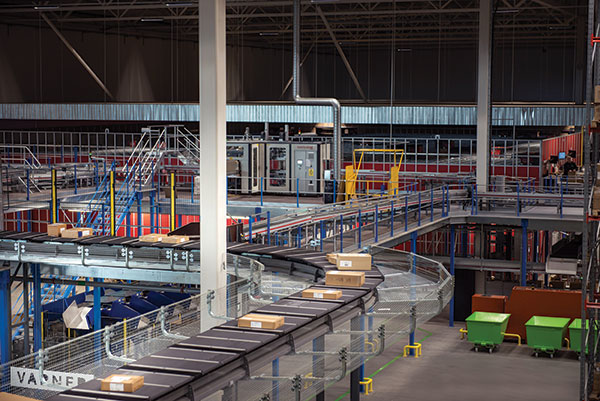
Found in Robotics News & Content, with a score of 1.62
…one of Northern Europe’s leading retailers, it is “a world-class facility that we use as a precision tool for inventory management to deliver the correct items to our stores, when they need them,” Eriksson says. “And, we have the warehouse capacity we need for the foreseeable future. We no longer talk about the limitations of our supply chain, just about how well everything runs.”

Found in Robotics News & Content, with a score of 1.99
…weekend pickups and then seven-day-a-week deliveries. Instead of positioning inventory in multiple facilities around the country, “one central U.S. distribution center is viable for us.” The subscription model creates more predictable demand and reduces the number of rush orders. Over time, the company outgrew four facilities before the new DC went live in March 2020. The immediate predecessor was an 86,000-square-foot facility located about 10 miles away. It featured the shipping conveyor and print-and-apply line being used in the new facility, but no system-directed processes—no voice or bar code scanning, and no pallet flow rack. And, no robots, of course.…



